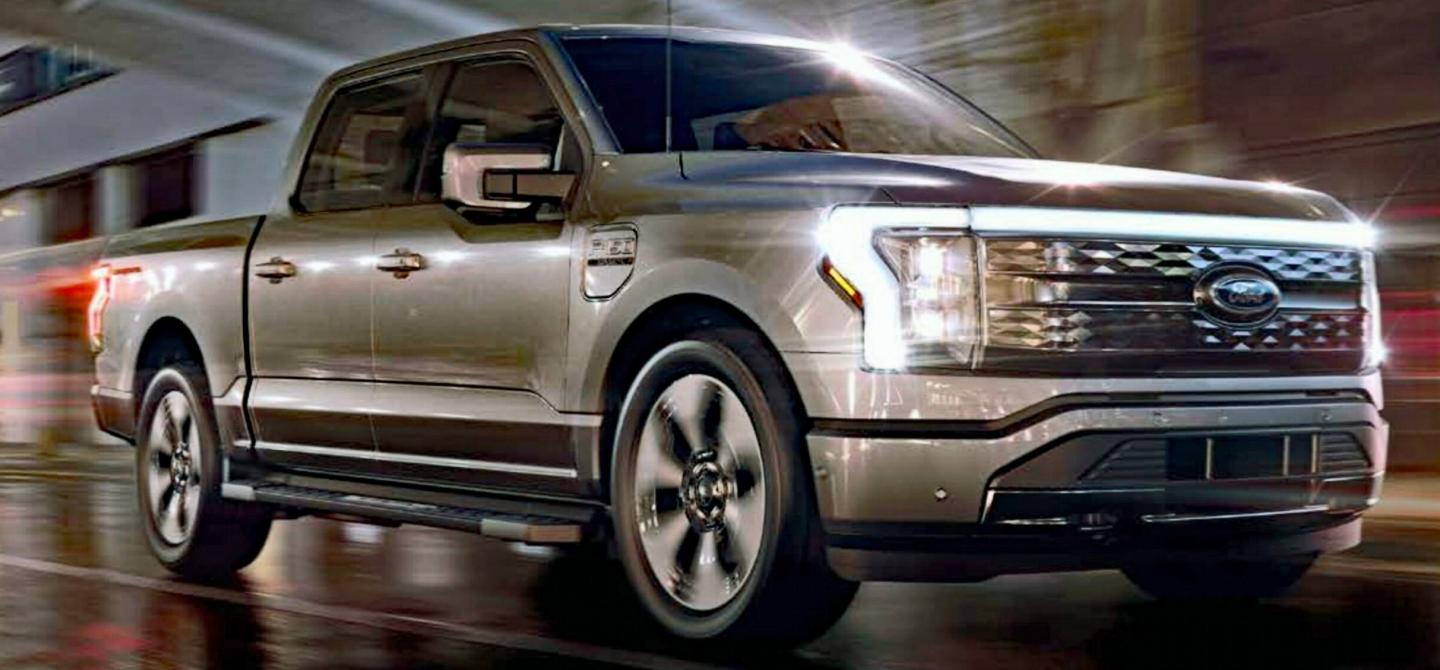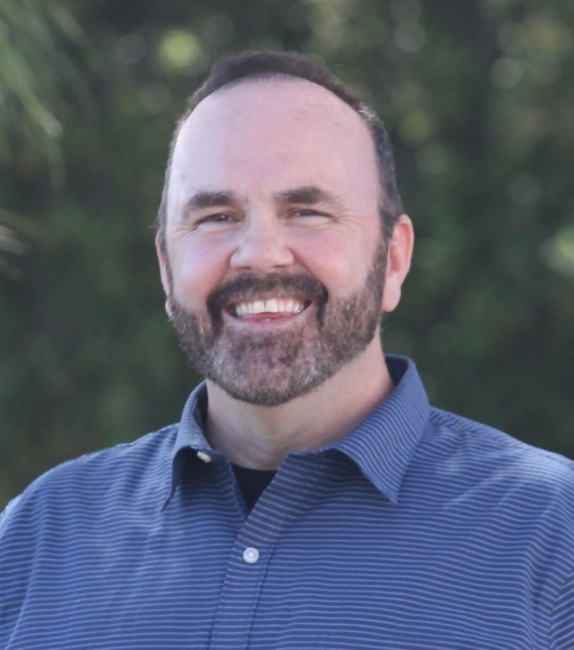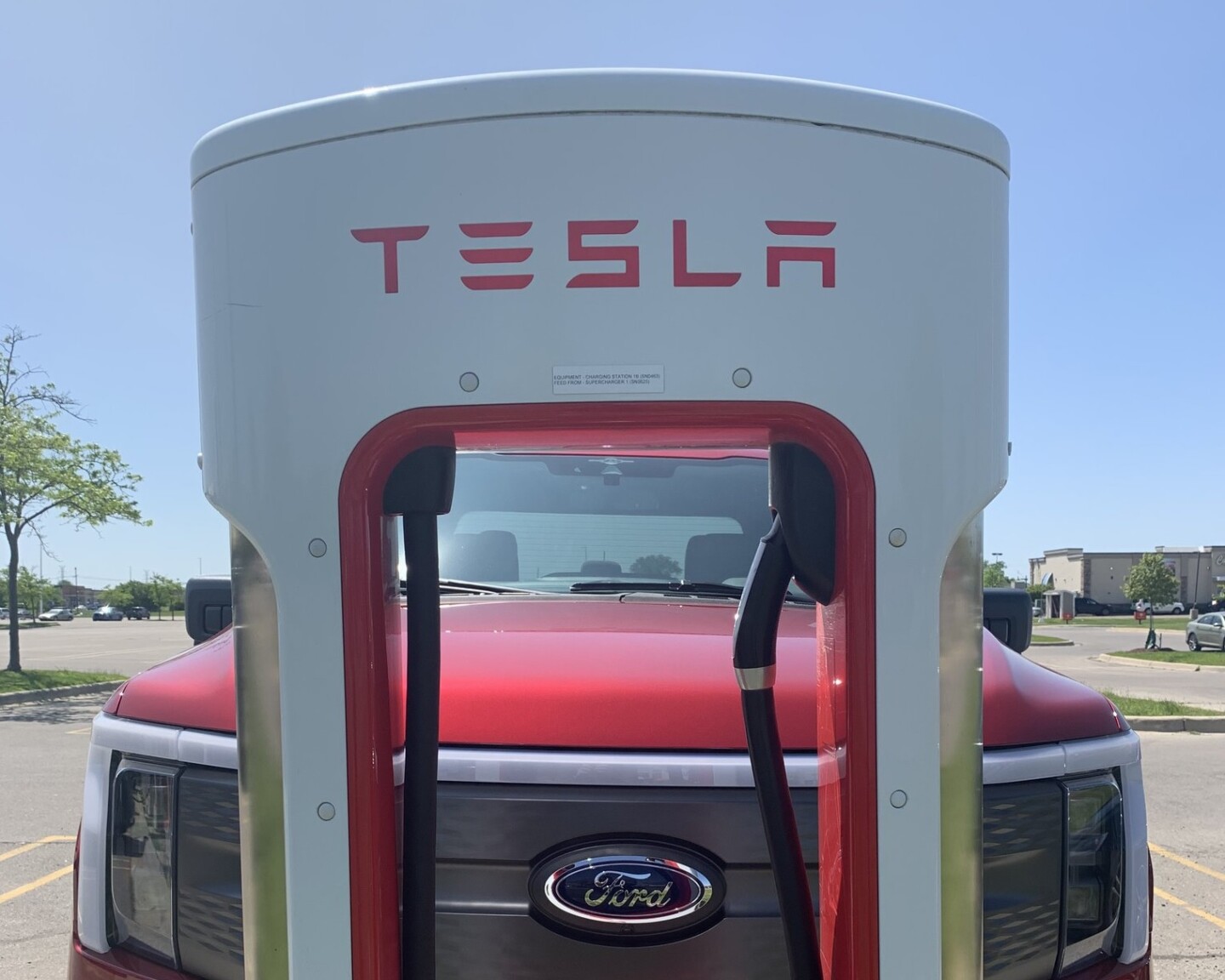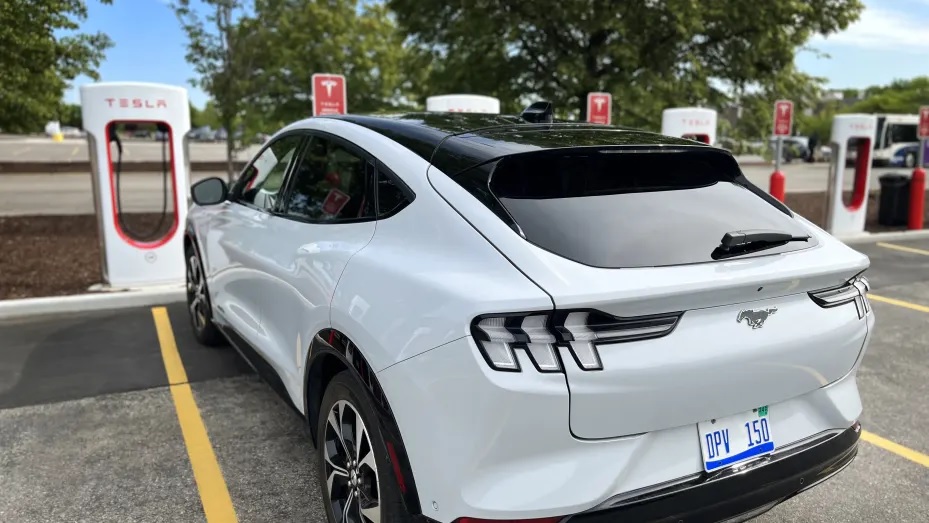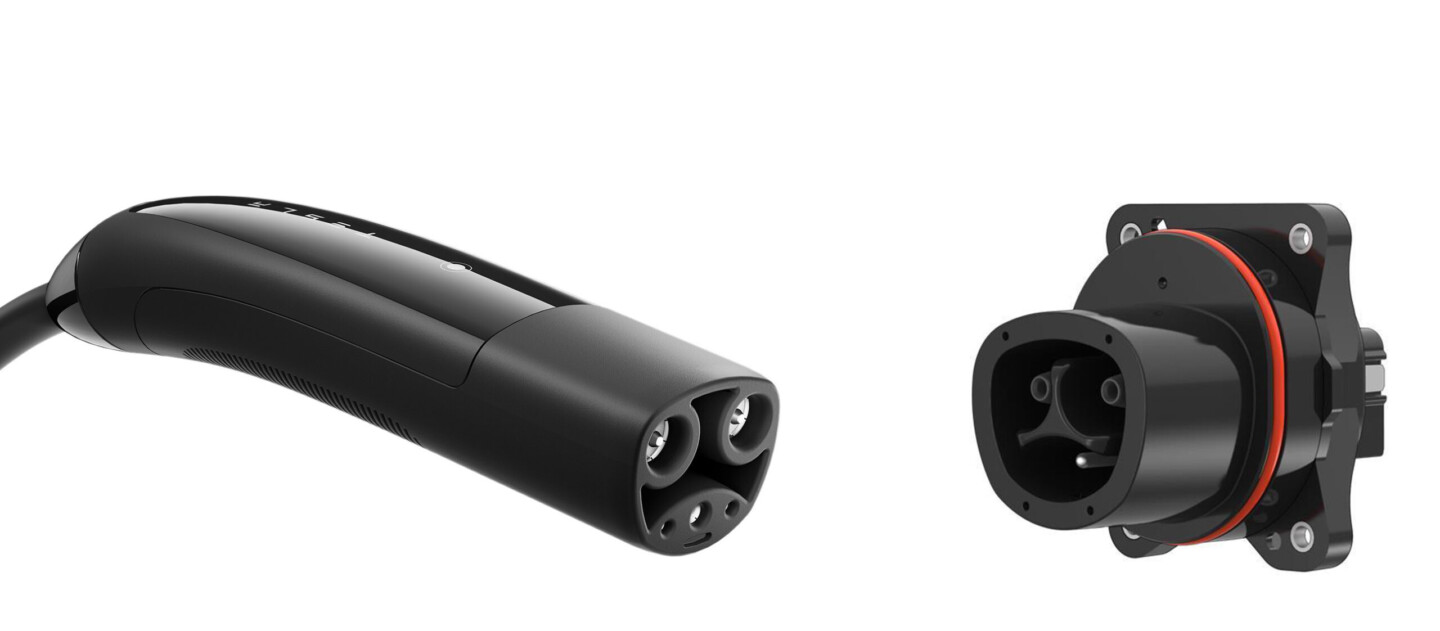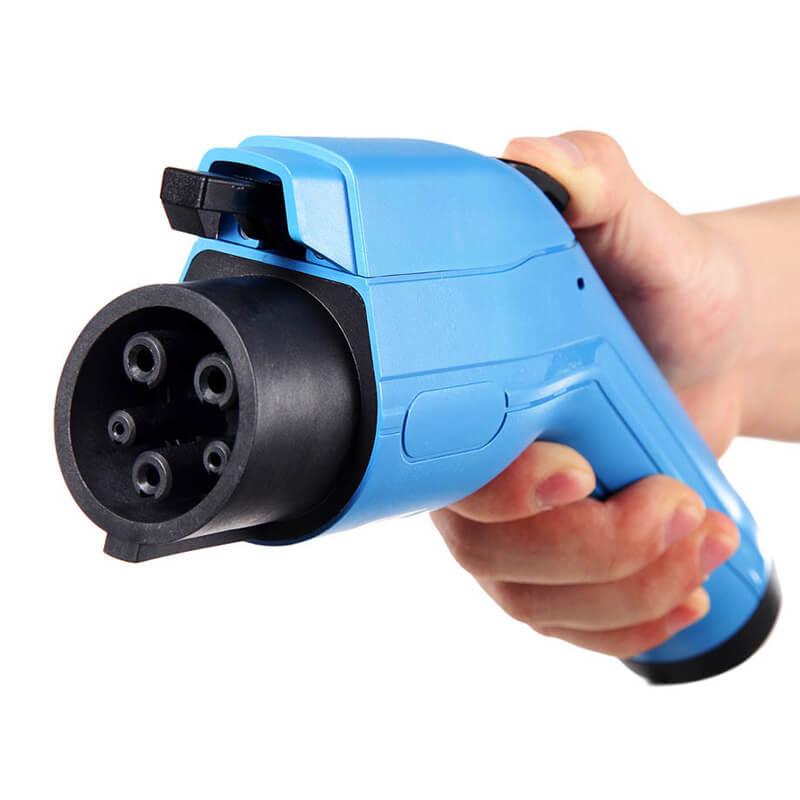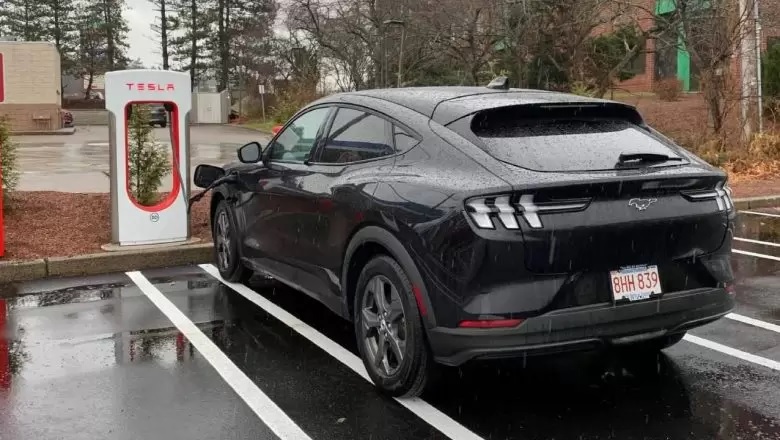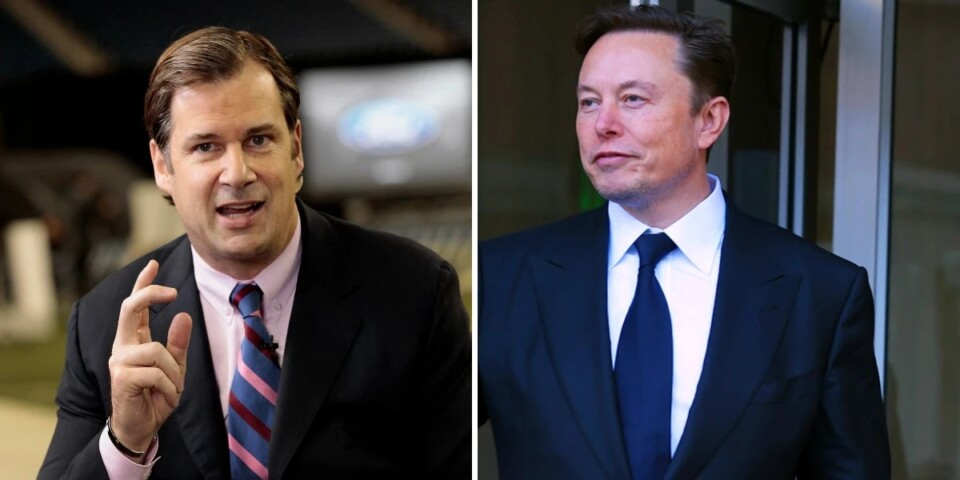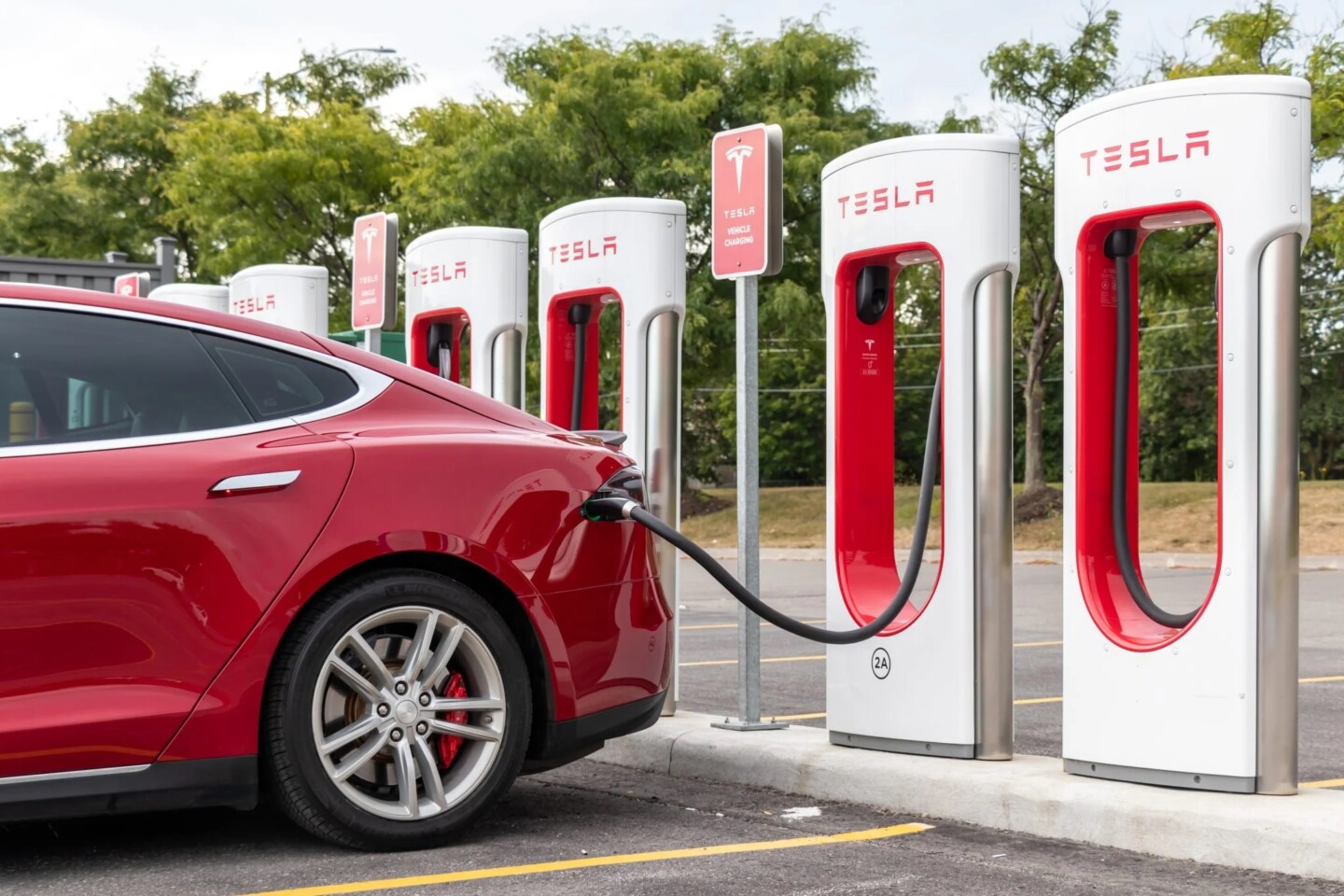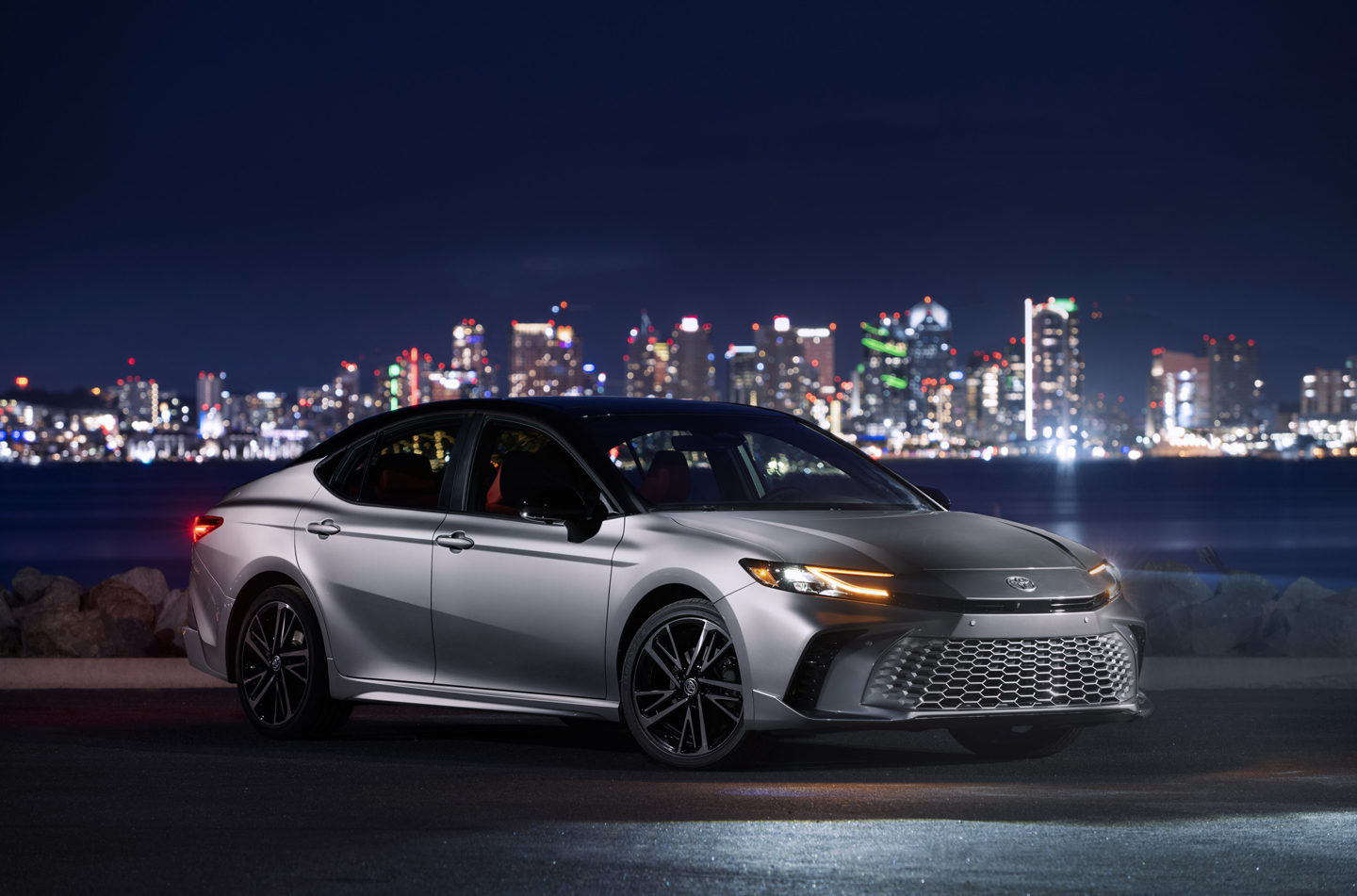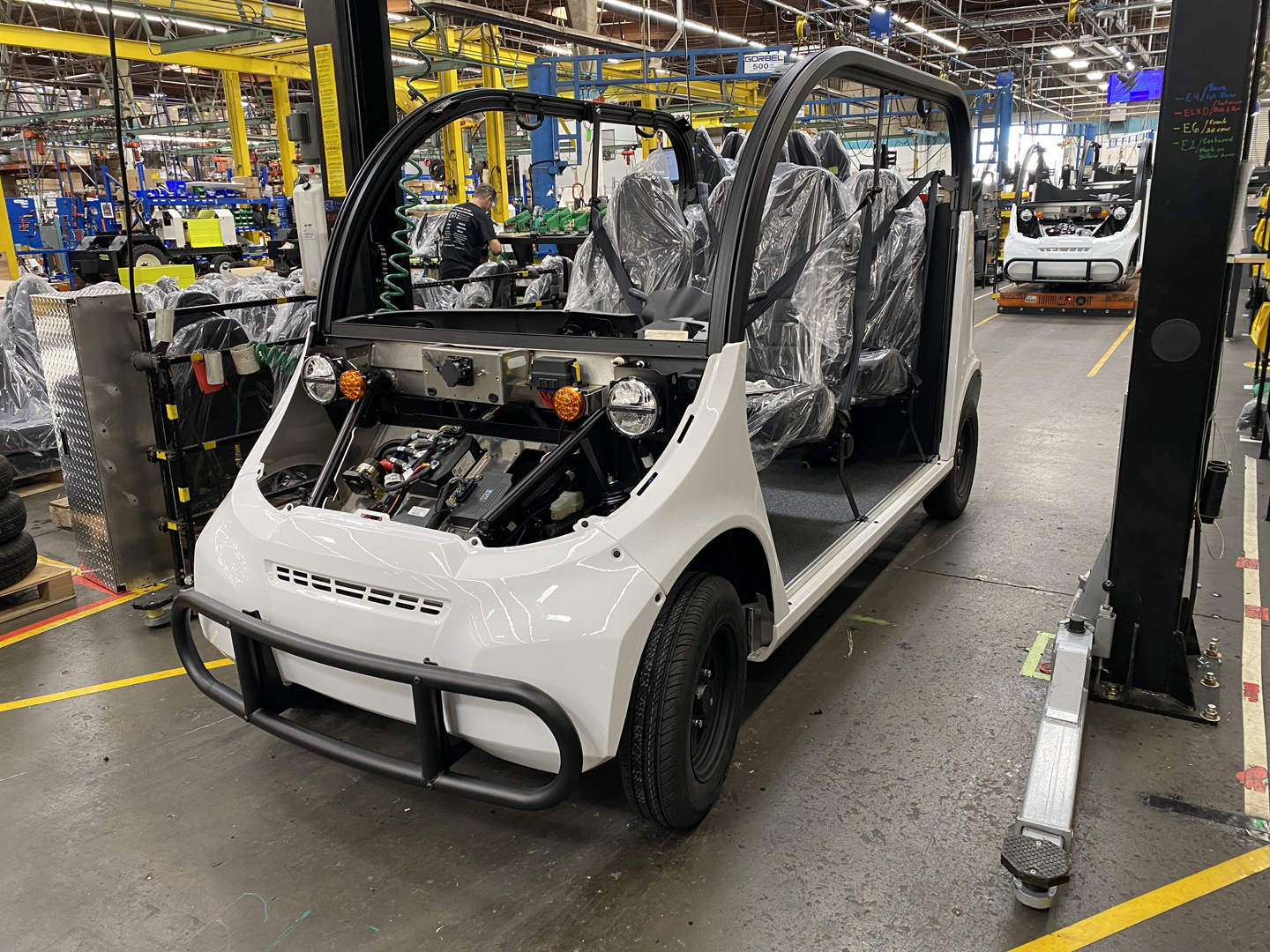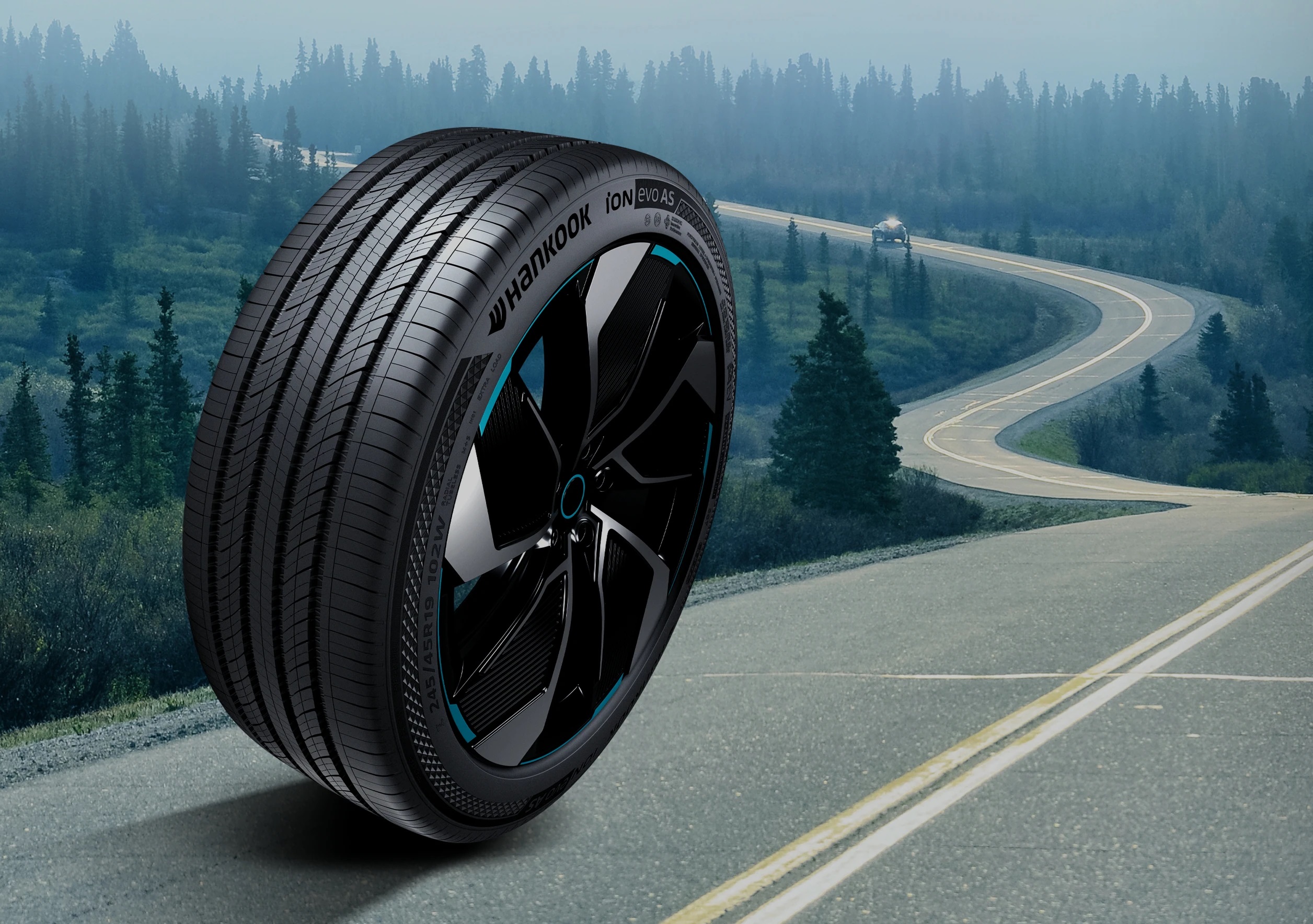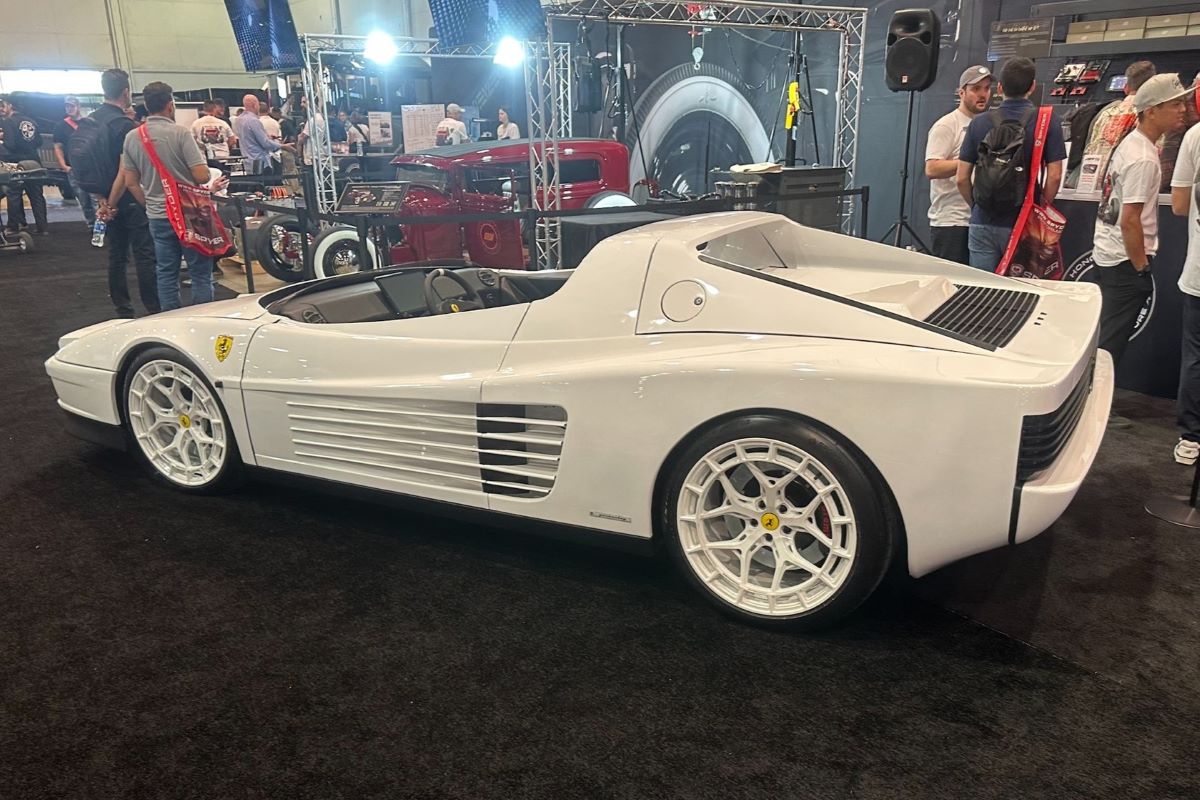In a surprising move, Ford and Tesla have announced a partnership that will give Ford electric vehicle (EV) owners access to Tesla’s Supercharger network, the largest and fastest charging network in the world. This is the first time that Tesla has agreed to share its proprietary charging technology with a direct competitor in the EV market.
The partnership will begin in spring 2023, when Ford will start selling adapters that will allow its EVs to plug into Tesla’s Superchargers. According to Ford CEO Jim Farley, who announced the deal on Twitter with Tesla CEO Elon Musk, Ford EV owners will have access to more than 12,000 Tesla Superchargers across the U.S. and Canada, in addition to the 10,000 fast-chargers already available in the BlueOval Charge Network.
But the partnership doesn’t stop there. Starting in 2025, Ford will switch from using the Combined Charging System (CCS) port, which is the standard for most EVs in North America, to using the Tesla North American Charging Standard (TNACS) port, which is exclusive to Tesla vehicles. This means that Ford EVs will no longer need an adapter to use Tesla’s Superchargers, and will be able to charge faster and more efficiently.
Farley said that this decision was driven by the need to provide Ford customers with the best charging experience possible, as well as to support the growth of Ford’s EV portfolio, which includes the Mustang Mach-E and F-150 Lightning models, and a series of new EVs launching in 2025.
Musk, who also owns Twitter, expressed his support for the partnership, saying that he had a “tremendous amount of respect for Ford as a company” and that it “makes great, great vehicles”. He also said that Tesla was “super happy” to share its Supercharger network with Ford, and that it was a step towards creating a single industry standard for charging.
Tesla has been expanding its Supercharger network rapidly in recent years, reaching more than 45,000 Superchargers with close to 5,000 stations worldwide as of April 2023. Earlier this year, Tesla also opened its Supercharger network to other automakers but only committed to opening 3,500 current and future charging stalls to non-Tesla EVs. So far, only a few stations have been opened to non-Teslas.
The Ford-Tesla partnership is more comprehensive and significant than any previous agreement between Tesla and other automakers. It signals a new level of collaboration and competition in the EV market, as well as a potential shift in consumer preferences and expectations. It also raises questions about how other EV makers will respond to this deal, and whether they will follow suit or seek alternative solutions.
Ford has recently announced a major restructuring of its business, creating two new divisions: Ford Blue and Ford Model e. Ford Blue will focus on the traditional internal combustion engine (ICE) vehicles, while Ford Model e will be dedicated to the development and delivery of electric vehicles (EVs) and connected services.
One of the implications of this change is that Ford dealers will have to meet a new set of standards in order to sell future EVs from Ford Model e. These standards include building a number of charging stations that are compatible with both the Combined Charging System (CCS) and the Tesla Network Access Connector (NACS) ports.
A spokesperson for Ford Model e explained that the decision to adopt the NACS port was based on customer experience and industry leadership. “Tesla has led the industry in creating a large, reliable, and efficient charging system and we are pleased to be able to join forces in a way that benefits customers and overall EV adoption,” the spokesperson said. “The Tesla Supercharger network has excellent reliability and the NACS plug is smaller and lighter. Overall, this provides a superior experience for customers.”
Most critically, Ford EVs like the Mustang Mach-E, F-150 Lightning, and E-Transit vehicles will be able to use Tesla’s Superchargers along with activation and payment via FordPass or Ford Pro Intelligence,
However, some questions remain about how this will work in practice. For example, it is still unclear whether the dealer would be required to provide the adapter that converts the NACS port to the CCS port, or if the customer would be responsible for bringing their own. Also, some analysts have speculated that other automakers might follow Ford’s lead and adopt the NACS port as well, creating a new industry standard.
Ford Model e’s chief customer officer, Marin Gjaja, said that he believes that the NACS port could become the dominant plug in the market, based on its ease of use and performance. He also said that Ford’s Model e division would offer a range of EVs that will appeal to different customer segments and preferences. “The standard will be, who takes care of customers the best,” Gjaja said. “I think GM and others will have a big choice to make.”
Ford, which has been lagging behind Tesla in the EV market, will benefit from access to the Superchargers, which will more than double the size of the fast-charging network available to its EV owners. Ford will also adopt the same charging port as Tesla for its future EVs, starting from 2025. This will make it easier for Ford customers to plug in and charge at any Tesla station.
The partnership is notable given the history of rivalry and snark between the two automakers. Ford and Tesla have often taken jabs at each other on social media, in commercials, and in speeches. For example, Ford mocked Tesla’s Autopilot technology and its billionaire founder Elon Musk’s space ambitions, while Tesla responded with jokes about Ford’s quality issues and lack of innovation.
However, on Thursday evening, the two CEOs were cordial and complimentary of each other. Ford CEO Jim Farley said he respected Tesla’s achievements and praised its charging network. Tesla CEO Elon Musk said he welcomed Ford’s participation and hoped to collaborate more on increasing EV adoption.
The deal is seen as a win-win for both companies and for the environment. Ford shares rose 7.7% on Friday morning, while Tesla shares also gained 2.3%. Analysts expect the partnership to boost consumer confidence and demand for EVs, which will reduce greenhouse gas emissions and fossil fuel consumption.
Details:
- Ford EV owners will be able to use Tesla’s Superchargers via adapters that will be available for purchase. The adapters will cost $100.
- Ford will begin building its EVs with Tesla’s preferred North American Charging Standard port starting in 2025. This will eliminate the need for adapters.
- The partnership is a sign of the growing cooperation between the major automakers as they move towards a future of electric vehicles.
- The partnership will cover Ford’s Mustang Mach-E and F-150 Lightning electric vehicles.
- Ford plans to launch 20 new EVs by 2026, and it is expected that all of these vehicles will be compatible with Tesla Superchargers.
- The partnership is expected to help Ford accelerate its EV rollout and make electric vehicles more accessible to consumers.
Electrified Mag’s Take: Ford CEO Jim Farley (cousin of Chris) is either a genius or a Dearborn huckster in tasseled loafers and a Shemp haircut. This latest move of switching charging ports to align with Tesla smacks of a gratuitous PR stunt and might bewitch some but we’re skeptical. Here’s why:
First, let’s look at a recent press release from the Biden Administration from February of this year which details Tesla is already opening up its charging infrastructure to all automakers to qualify for IRA tax credits.
“For the first time, Tesla will open a portion of its U.S. Supercharger and Destination Charger network to non-Tesla EVs, making at least 7,500 chargers available for all EVs by the end of 2024. The open chargers will be distributed across the United States. They will include at least 3,500 new and existing 250 kW Superchargers along highway corridors to expand freedom of travel for all EVs, and Level 2 Destination Charging at locations like hotels and restaurants in urban and rural locations. All EV drivers will be able to access these stations using the Tesla app or website. Additionally, Tesla will more than double its full nationwide network of Superchargers, manufactured in Buffalo, New York.”
So in a nutshell, Ford will have access to all Tesla charging stations, start selling adapters for its cars to hook up to the network, and then by 2025, start building its cars with Tesla’s NACS port. The ability to pay with Ford Pass is a shrewd move and instantly doubling the Blue Ovals charging infrastructure is a bonus too.
Although this is good news for Ford and helps Tesla in its quest to displace the defacto CCS as the EV charging standard in the US, it clouds the already confusing EV landscape even more. Additionally, Musk’s Supercharger network has all it can handle with its own cars, adding thousands more seems to be a recipe to cloud the recharging “experience” for Tesla customers.
Even more critically, will car companies be in the business of recharging infrastructure? Historically, automakers had bowed out of the retail gasoline business, so we really are in a new era. The reality is, the infrastructure network including the Tesla Superchargers is still not extensive enough to support the electrification of the automobile. Third-party providers are key to this as well as a single charging format, something that the Ford announcement inhibits.
If all this seems a bit deja vu, were are instantly in a format war for charging ports a la VHS vs Beta in the days of yore. In this case, CCS is the VHS and NACS is Betamax of charging ports. VHS won in the end because Sony’s Betamax was proprietary and didn’t license it to the world’s electronics makers. Before this Tesla/Ford announcement, CCS was considered the standard for charging ports. Sounds like Elon Musk agreed to Ford deal to try and dethrone CCS with its own proprietary port standard.
Bottom line? By aligning itself with Tesla, Farley is leveraging Musk’s cult of personality and is fooling no one. We think Ford should concentrate on Lightning’s battery problems, quality issues, profitability, and recovering from the major mistep of converting ICE platforms to electric instead of a clean sheet EV platform, a la Tesla and GM’s Ultium.


